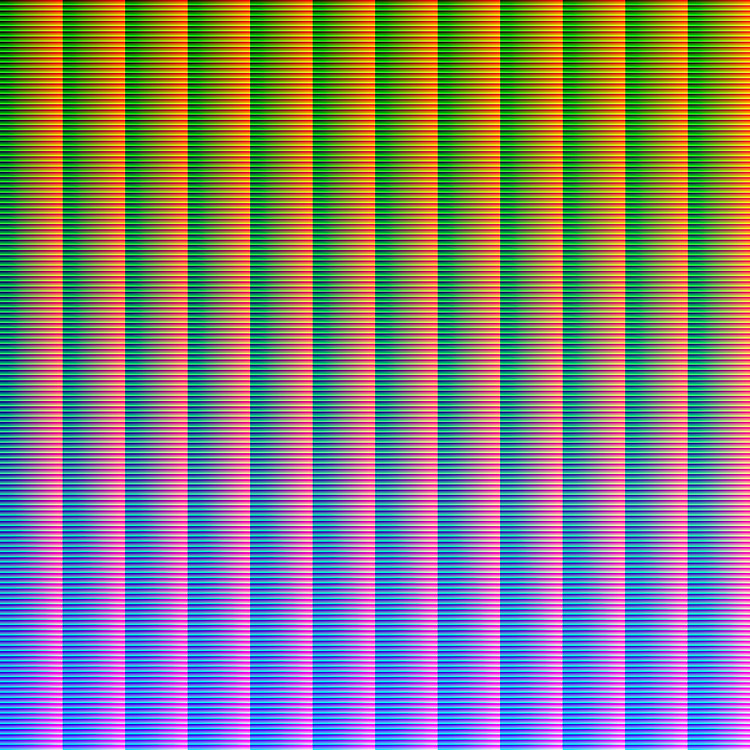

It is therefore a good idea to add a bit of noise on top of the blurred part to blend it with the rest, using either the grain or the censorize modules. If you blur only a part of the image, the blurred region will look suspiciously clean compared to the rest of the image. 🔗tips and tricksĪll images are usually (even a tiny bit) noisy. Using darktable’s general masking will only partially work to isolate the foreground of an image, since it will still be blurred into the background. It is therefore not suitable for creating fake depth-of-field. The blurring process does not take scene depth and depth-of-field into account, but blurs the whole image as a flat object. In any case, the runtime of the module will increase with the square of the blur radius. The GPU implementation, through OpenCL, should hide this issue somewhat. Faster approaches are available (using FFT) but not yet implemented.

This module is implemented using a “naive” convolution, which is a slow algorithm. This is useful to select a portion of the curved path that is symmetrical, which produces a coma shape (example 1: direction = -45°, curvature = +2, offset = +0.5 example 2 : direction = -45°, curvature = +1, offset = +1). offset Shifts along the motion path following its curve. Zero produces a straight line, a negative value produces a concave curvature, a positive value produces a convex curvature. 🔗controls specific to motion blur direction The orientation of the motion’s path in angular degrees. Rotation Allows the shape to be rotated with respect to its center – mostly useful with a small number of blades, when a particular orientation is needed. a linearity between 0 and 1 makes the outer bounds of the shape more or less curved.a linearity of 1 makes all the outer bounds of the shape straight.a linearity of 0 creates a disc, no matter the number of blades or the concavity.a concavity greater than or equal to number of blades degenerates the shape into a “burst pattern”.a concavity greater than number of blades - 1 but lower than number of blades turns the shape into an asterisk, when decreasing linearity below 1.a concavity greater than 1 but lower than number of blades - 1 turns the shape into a star.a concavity of 1 ensures the diaphragm is a regular convex polygon (triangle, pentagon, heptagon, etc.).If you degenerate the diaphragm settings with the concavity to create a star or an asterisk, this control defines how many branches it has.

In any case, real lenses have an odd number of blades and any number greater than 11 blades comes very close to producing a perfect disc. Older lenses used typically 5 or 7 blades, newer lenses typically use 9 or 11 blades. 🔗controls specific to lens blur diaphragm blades The number of blades that the diaphragm is composed of. blur type Choose between the different blur variants (above). 🔗module controls 🔗general blur radius The spreading size of the blur. The module will turn each luminous point from the scene into a blot shaped like the displayed blurring operator, with the size of the blot defined by the blur radius. gaussian blur: This is not really an optical blur but can be used for denoising or for creative effects using blend modesĪ diagram at the top of the module shows the shape of the blurring operator (known as the point spread function).motion blur: Simulates the effect of camera motion with a configurable path.lens blur: Simulates a lens diaphragm with a configurable number of blades and blade curvature to create synthetic bokeh.See the creating and editing presets section for more information about the other properties that can be edited in this dialog.Simulate physically-accurate blurs in scene-referred RGB space. This will open a dialog that allows the preset to be edited, exported to an external. After working on both, Darktable present even more features than Lightroom in image processing.
#Darktable presets software
It is an image processing software which is a more than interesting alternative to the better known Adobe Lightroom. You can export all user-defined presets to a single directory using the “export” button.ĭelete a user-defined preset by selecting it and pressing the Delete key.Įdit a user-defined preset’s properties by selecting it and pressing Enter or double-clicking. Darktable is open source photo editing software. dtpreset files using the “import” button at the bottom of the screen. User-defined presets can be imported from exported. Pre-defined presets (those that are included by default within darktable) are shown with a lock symbol. This menu provides an overview of the presets that are defined for darktable’s modules, and allows you to modify some of their properties.


 0 kommentar(er)
0 kommentar(er)
